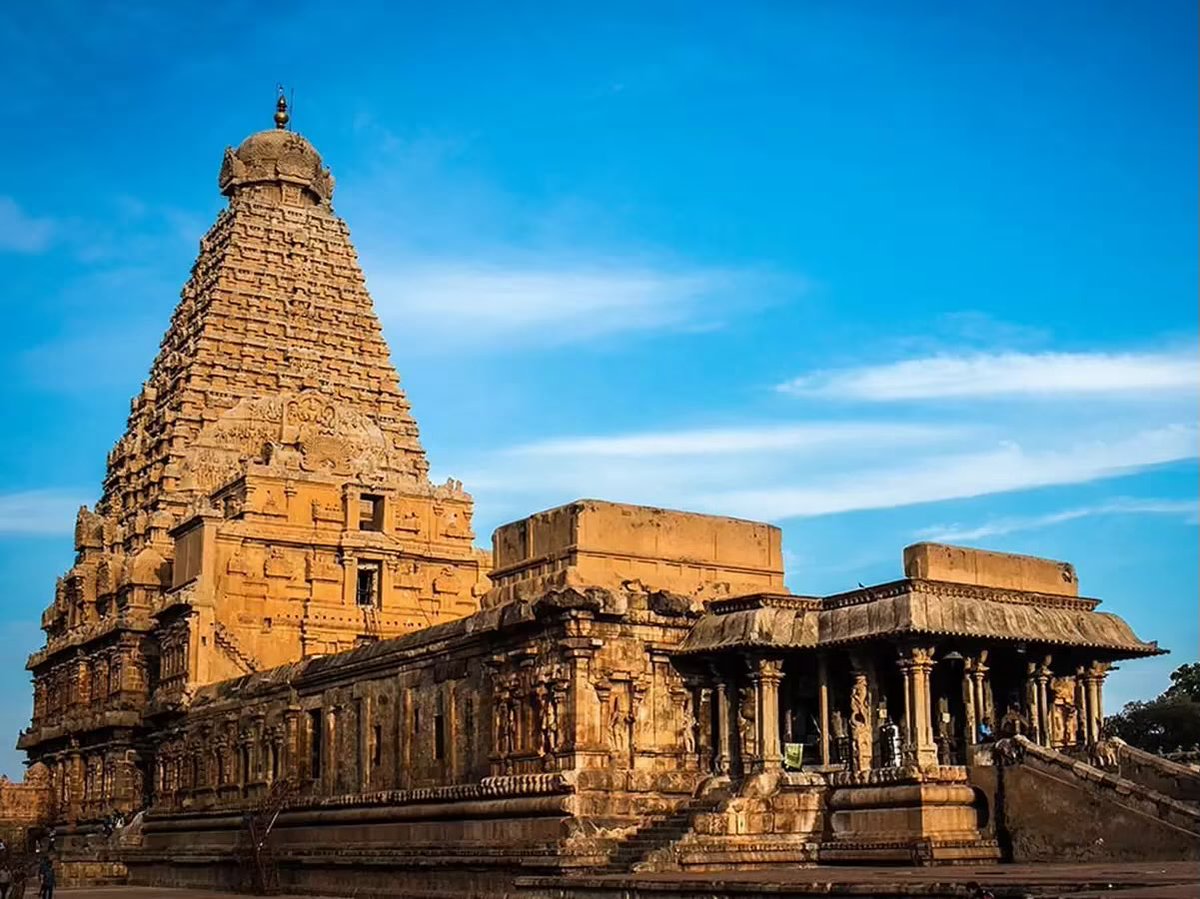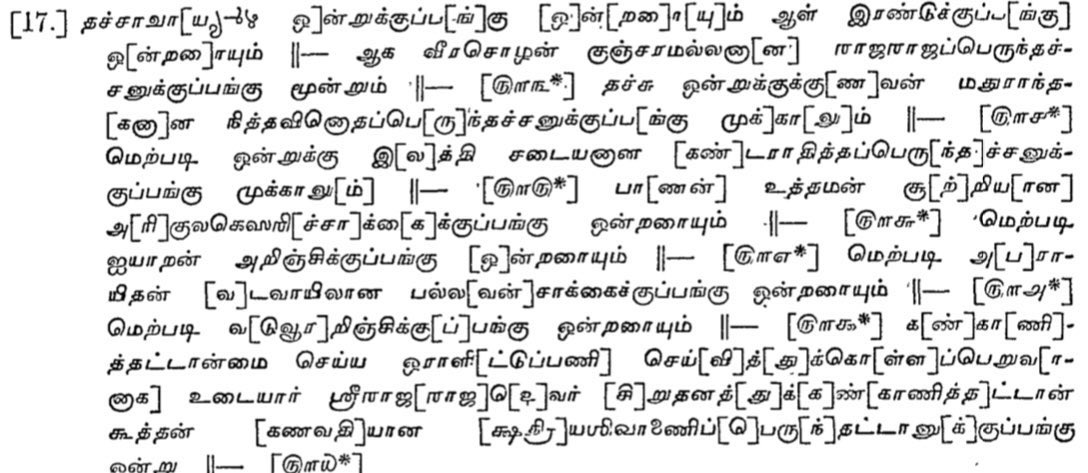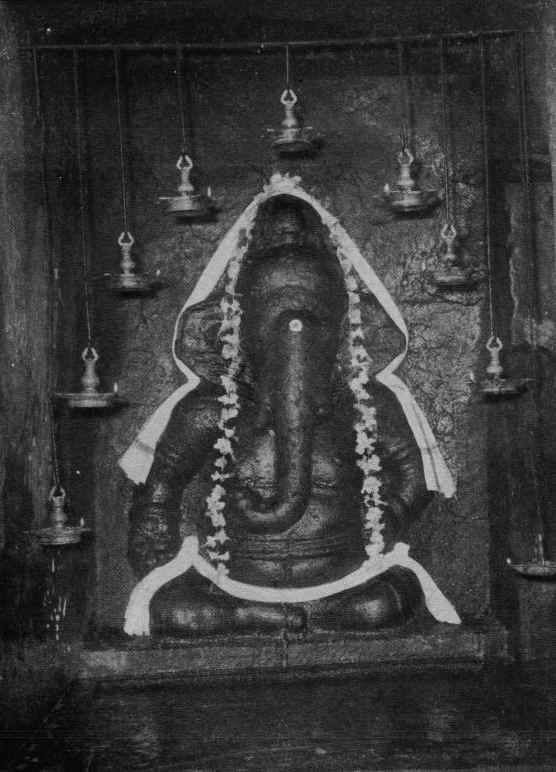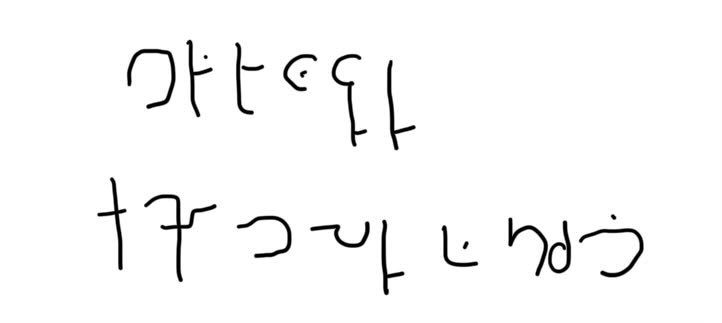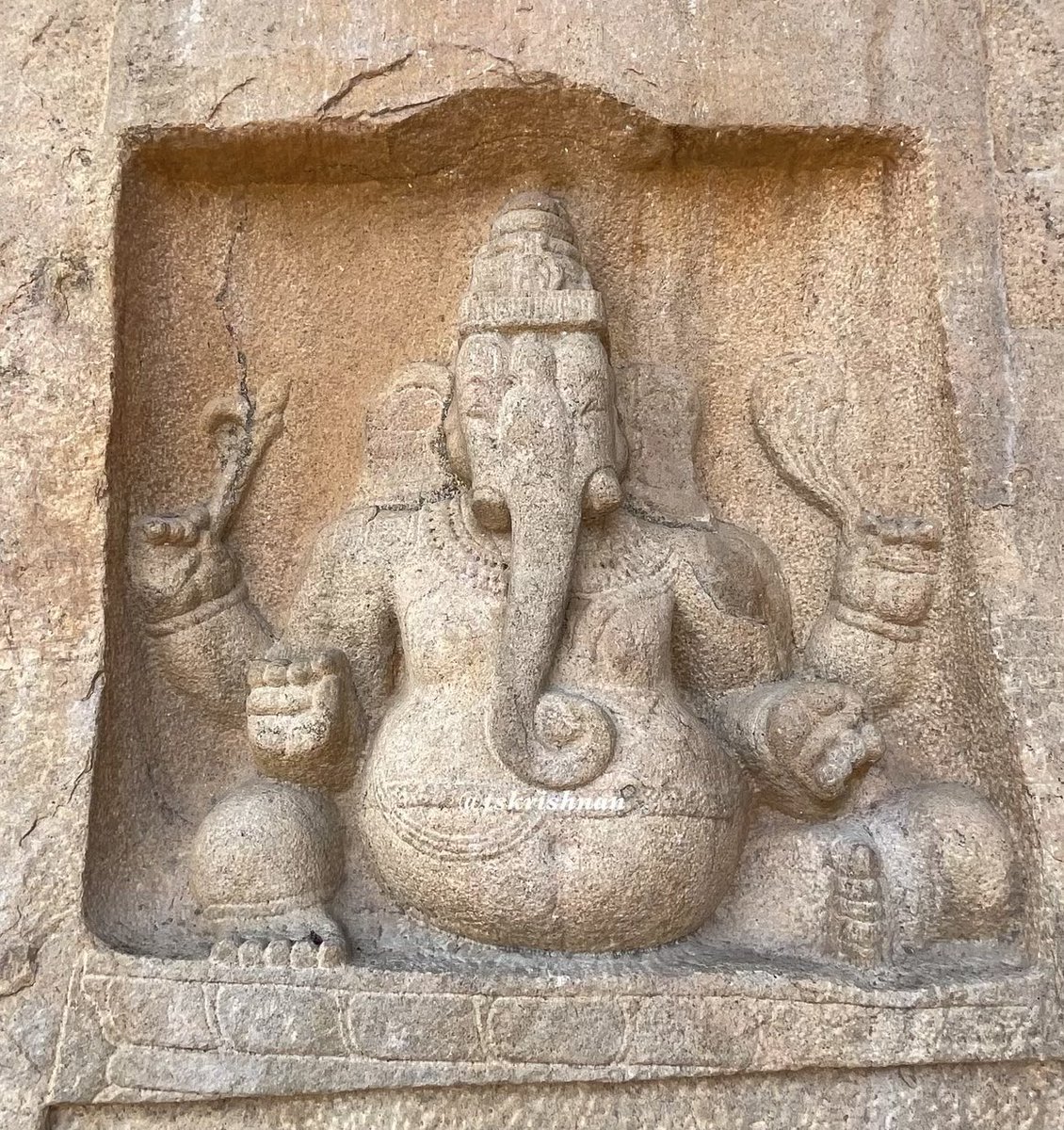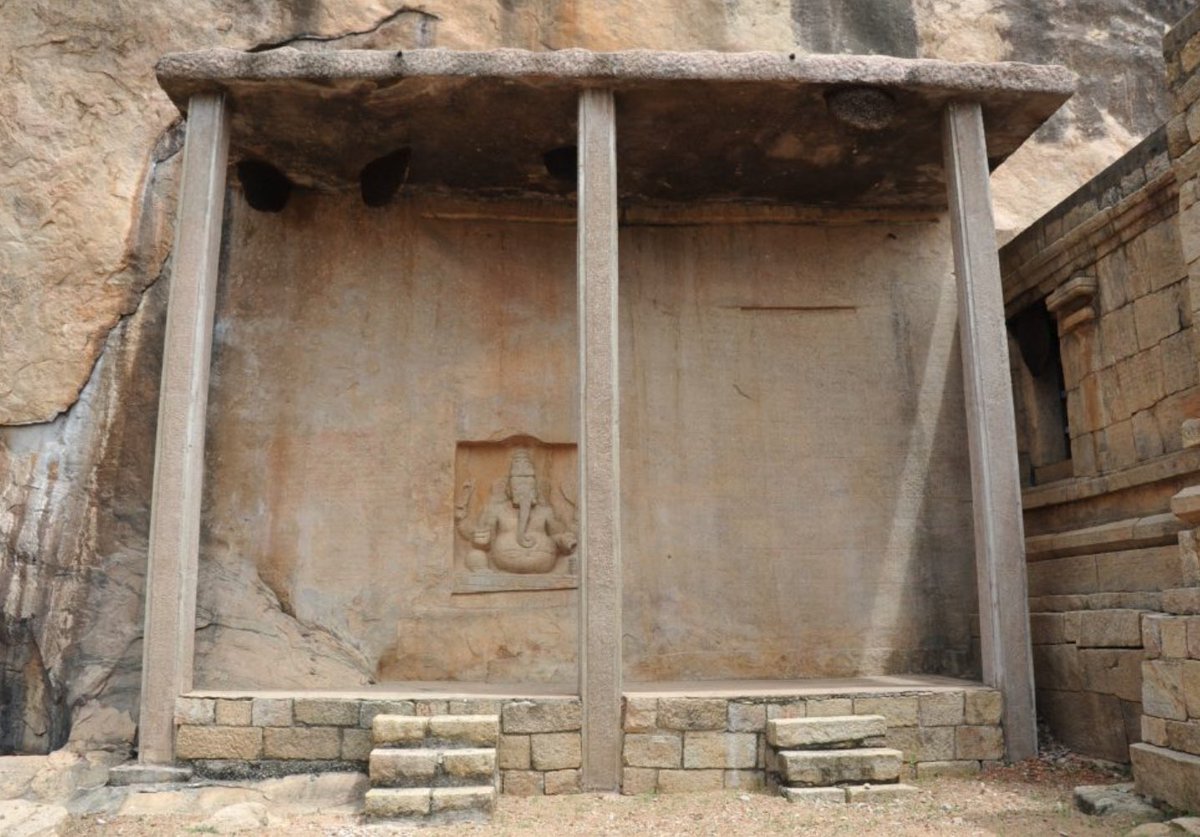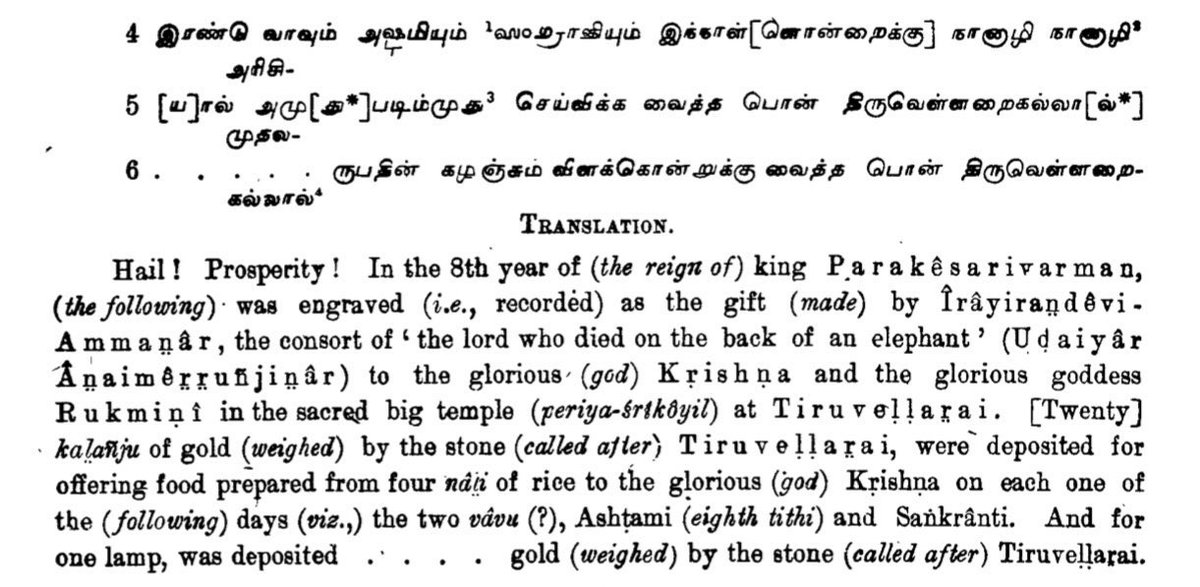The Cholas, apart from building the temples in the countries they have won over, also built / renovated / given grants to the shrines of local religions. Rajaraja Perumpalli in Periyakulam (Triconamalli) Srilanka is one such example.The Buddha vihara was rebuild by Cholas. 
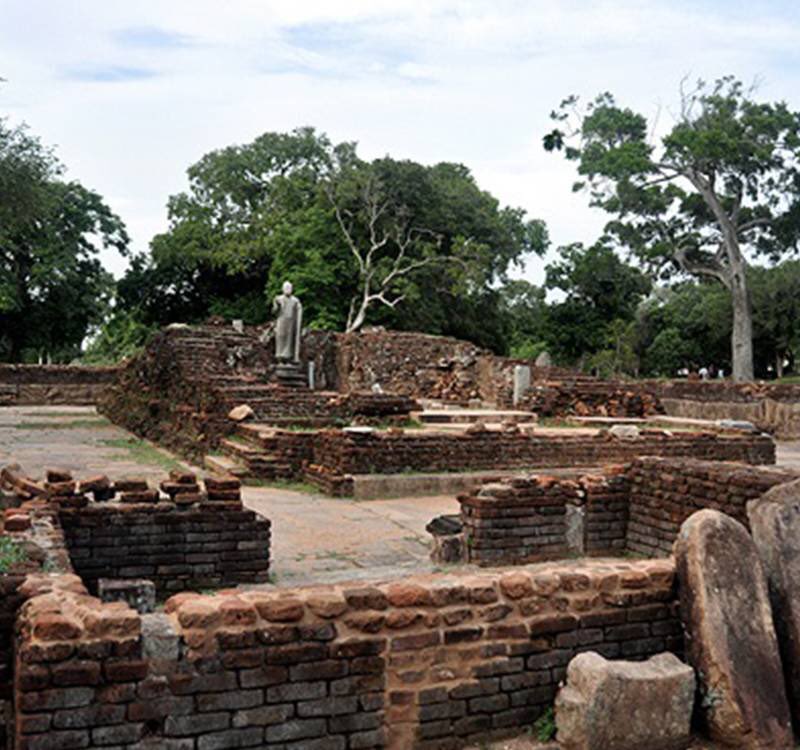
The Vihara was named after Rajaraja, the great Chola king.There were 16 Chola era Tamil inscriptions found here. Most of them mentions various donations given to the Vihara like lamps, cattle, money,land etc. The architecture style of Vihara is similar to Tamil style construction 

Here is one inscription from the Rajendra chola era (his Meikeerthi). The Chola chieftains names mentioned in the inscriptions shows that the Vihara was at its glory during the Chola times.
Only a dimwit will compare such all inclusive Cholas to invaders/destroyers like Mughals

Only a dimwit will compare such all inclusive Cholas to invaders/destroyers like Mughals

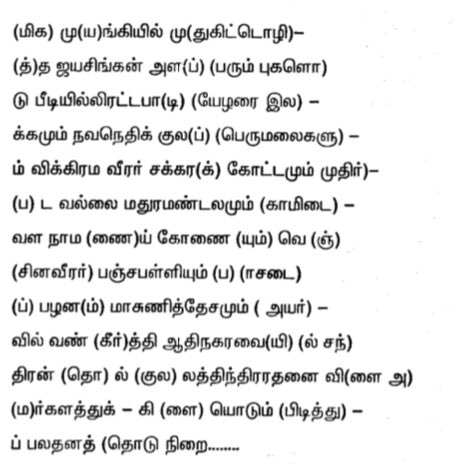
The inscription courtesy ‘Ilangai Tamil Sasanangal’ by Prof C Padmanathan
• • •
Missing some Tweet in this thread? You can try to
force a refresh


